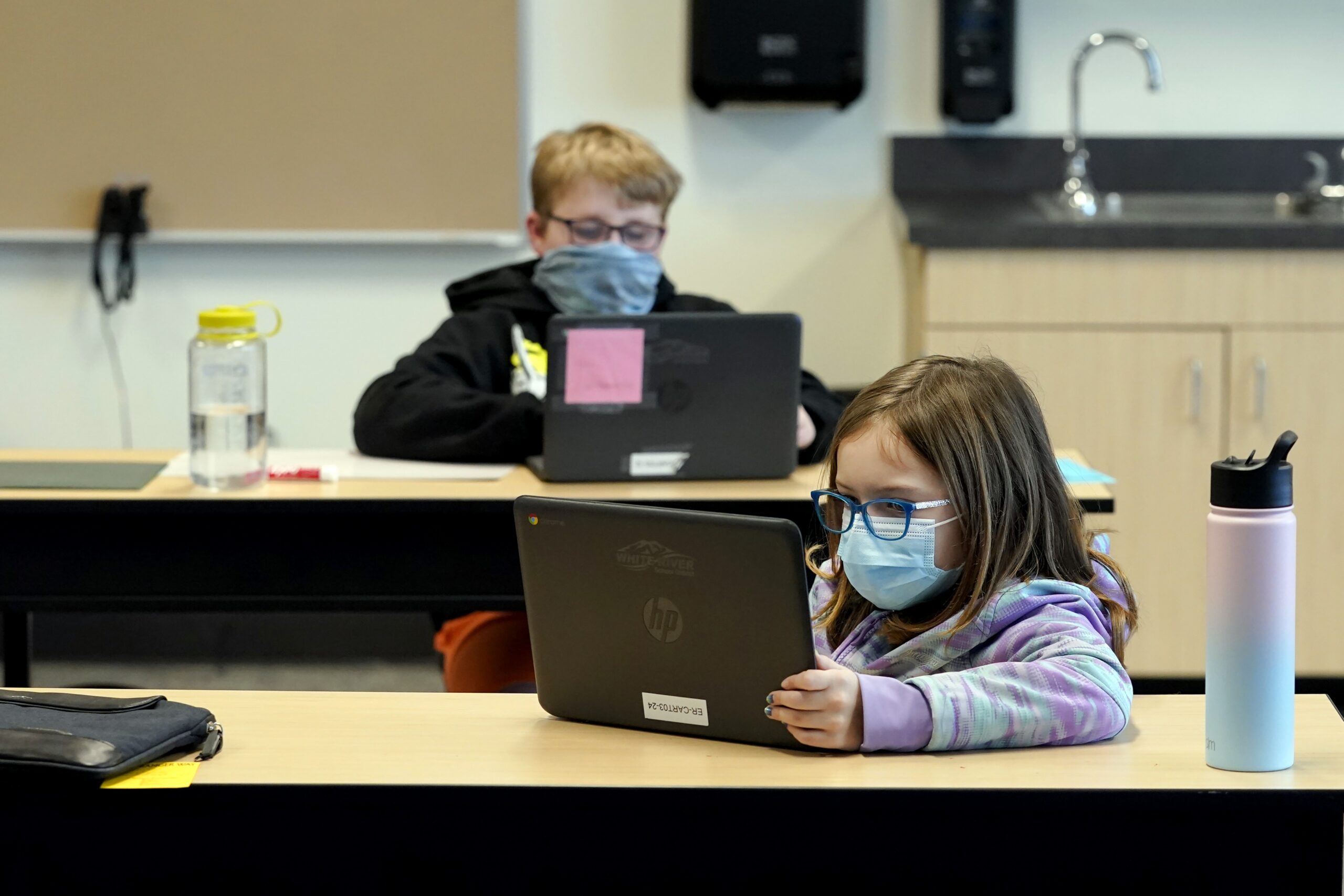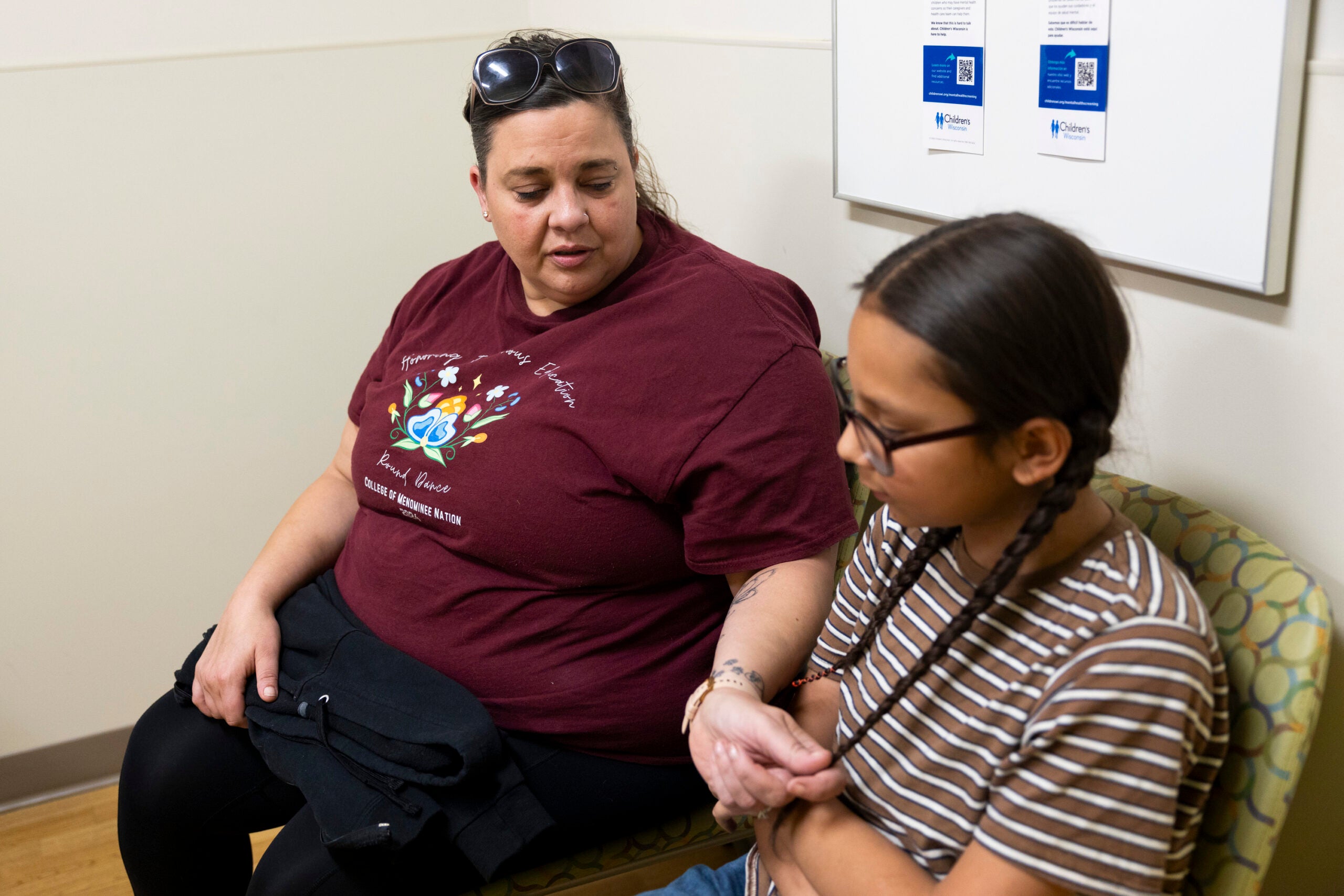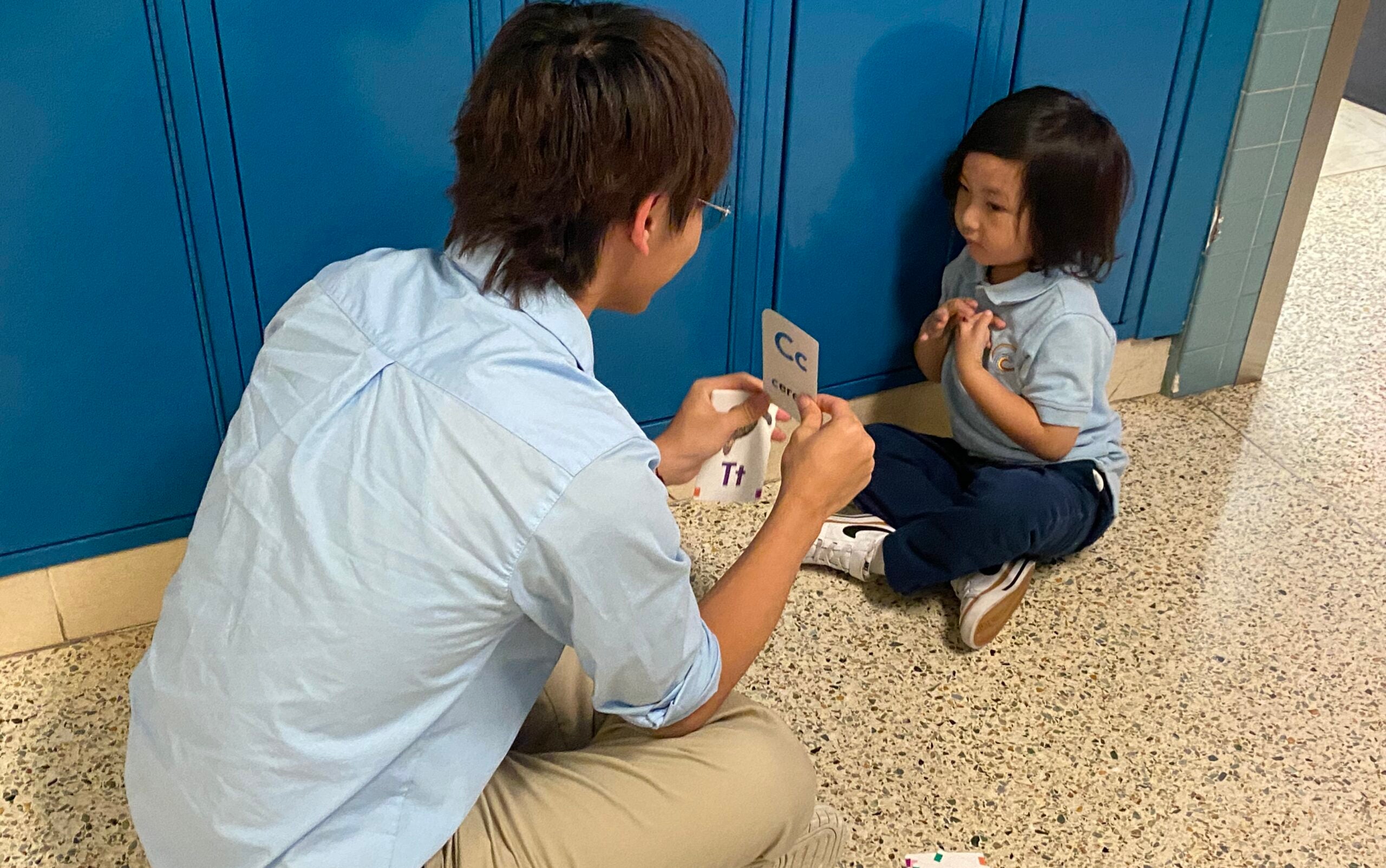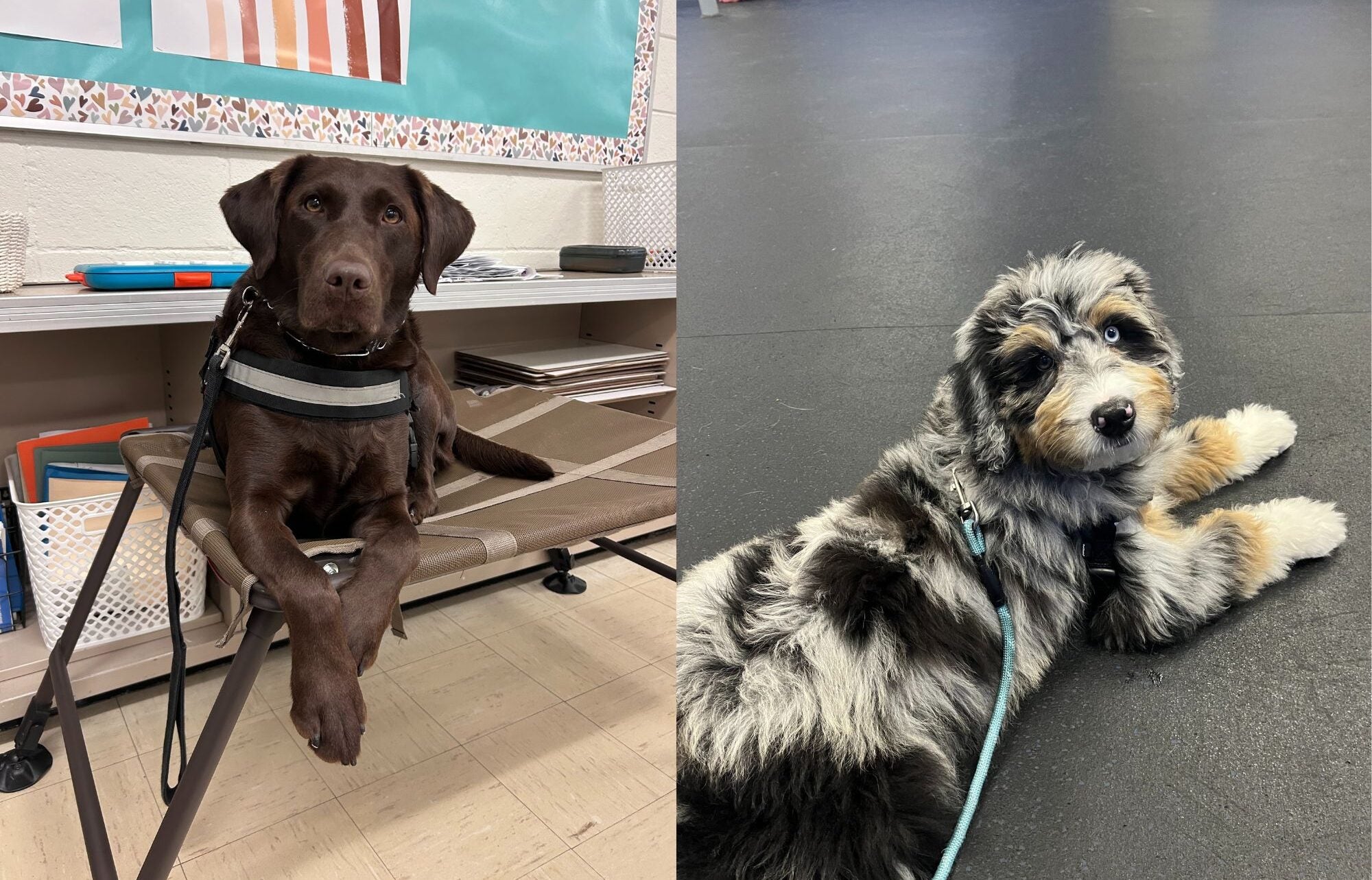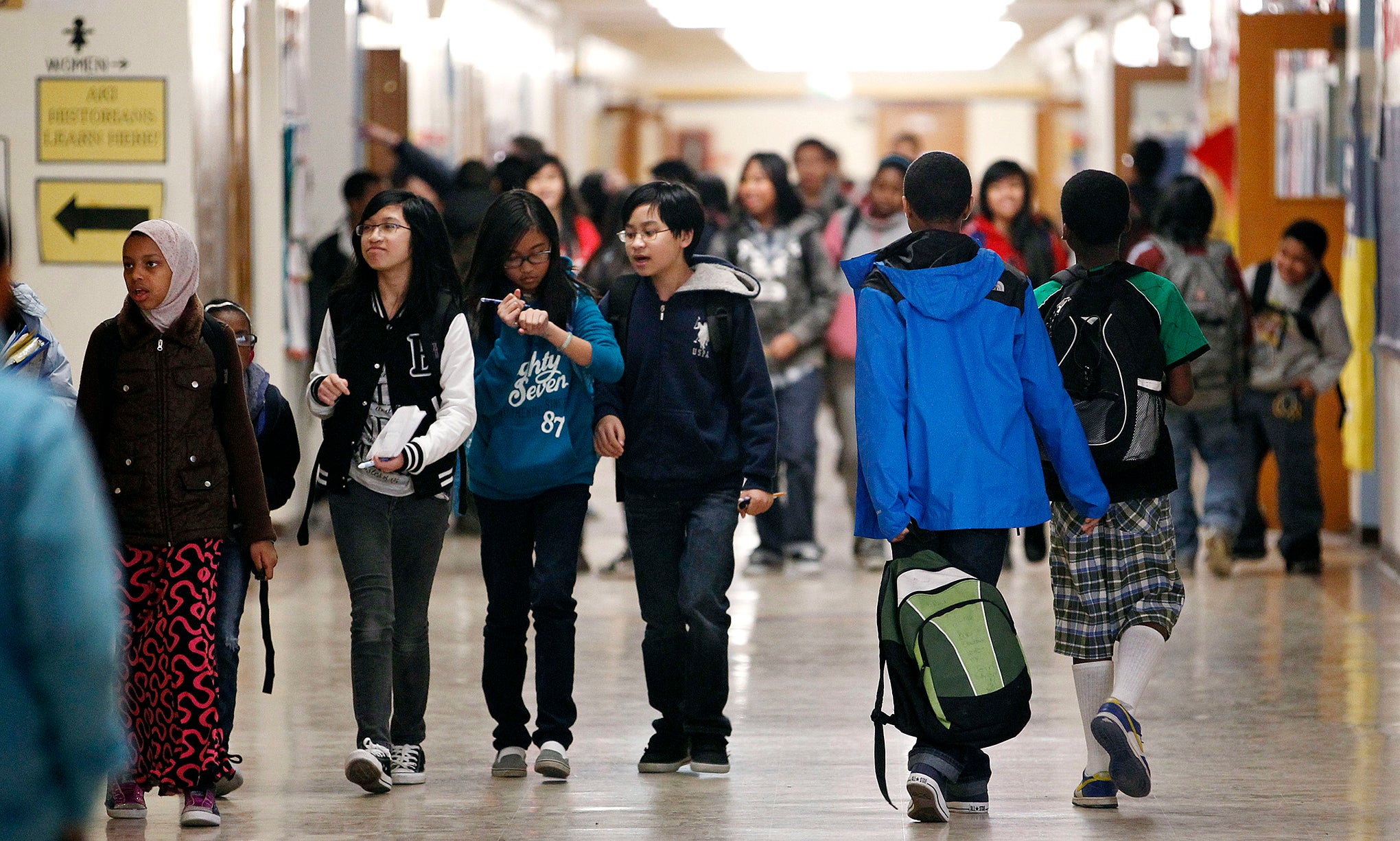With teachers in Wisconsin becoming eligible for the COVID-19 vaccine on March 1, the school districts that have remained all or mostly virtual since last year are planning to welcome students back into school buildings. However, most are still planning to offer distance learning for families wary of sending their children back.
There’s a lot for families to consider. There are the children’s needs as students, like specialized services for those with learning differences that might work better in person, individualized attention and a relief from the screen fatigue that can make it difficult for some to focus. There are also their needs as children, such as socializing in-person with their classmates, seeing other trusted adults and getting easier access to wraparound services like school psychologists, school lunches and school nurses. Then, there are the families’ needs. Some rely on the child care school provides. They might also have family members who would be at a high-risk of developing serious symptoms if they were to get COVID-19.
The best decision will vary by family, and maybe even by child, said Dr. Laura Cassidy, an epidemiologist at the Medical College of Wisconsin.
Stay informed on the latest news
Sign up for WPR’s email newsletter.
“Some kids are more comfortable at home, and some aren’t,” she said. “We do know that data suggests that kids under 10 are less likely to get fatally ill and less likely to spread (COVID-19), and in high school they also rotate around classes, so that’s a consideration.”
When the Wabeno school district announced it would bring students back in person at the start of the school year, Terry Samplaski said the biggest factor in deciding whether to send her kindergartner and second-grader back was the COVID-19 infection rate in her part of the county — which was low at the time. Her youngest was supposed to start preschool this year, but the family put it off because of COVID-19.
She said she was also reassured by the school’s safety plan.
“I was one of those paranoid people at first, but after reading through the plan that Wabeno had, that definitely helped with helping us feel more secure about that decision,” she said.
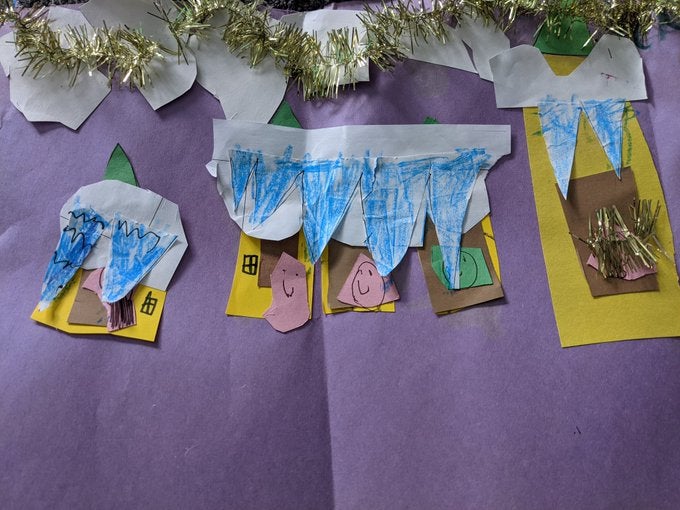
Samplaski has asthma and needs to regularly use an inhaler, so she wanted to make especially sure the district was minimizing the chance her children could bring COVID-19 home. She also worked as a student teacher for several months as part of her associate’s degree program in early childhood education. That experience put her even more at ease.
“I was able to actually be in there and see and experience what other teachers were experiencing, and that was quite an eye-opener from a parental perspective as well,” Samplaski said.
Both her children in school have individualized education plans (IEPs) adapted around her oldest’s autism and her middle child’s sensory processing challenges and her daughter’s ADHD. The state Department of Public Instruction has told virtual-learning districts to allow students on IEPs back into classrooms because many of those adaptations work better in person.
Cassidy recommended families go through a checklist from the U.S. Centers for Disease Control and Prevention as they decide whether to send their kids back, and suggests parents and caregivers ask about the following:
- How the district plans to enforce masking and social distancing;
- The availability of hand sanitizer, sneeze guards and other things to limit the spread;
- What kind of ventilation and air filter systems the school has;
- How the busing schedule will take distancing measures into account;
- What the school’s plans are for when a student starts showing symptoms at school or calls in with a possible case.
She said families have to strike a tricky balance between vigilance and unnecessary panic.
“What’s really important, especially with schools reopening and variants coming out that are more contagious, is to really keep an eye on our children,” Cassidy said. “Be as careful as possible without constantly terrifying your children by making them think something’s wrong with them.”
Sarah Pamperin, a seventh-grade English language learners teacher in Green Bay, said she has been having conversations with her students’ families about classroom safety. Green Bay has started bringing back students with specialized learning plans or who need extra support so she has three in-person learners. Most of the students returning to in person learning will come back March 8, and will be separated into two cohorts attending on different days.
She said she has some students who want to come back, but their parents are wary.
“I just ask the kids, ‘Do you want me to talk to your adult about what we’re going to be doing here to try to keep you safe?’” Pamperin said. “Last week alone I called two different parents to talk about what their child had expressed, and like, ‘Here are a few things that I would be able to offer face-to-face, especially for my students who are struggling in English.’”
She said she’s offered to show them the classroom layout, and answer any questions they have.
Pamperin has already had COVID-19, which substantially lowers her chances of getting it again or having a severe case if she does, and said she’s consequently less nervous about in-person instruction than some of her colleagues.
Cassidy, the epidemiologist, said getting teachers the vaccine will help with more than just their immune systems.
“We know the vaccine protects from severe disease, but it’s also good for them psychologically, going back to the classroom and how they present themselves in front of the children,” she said. “A teacher who feels safe and confident will relate that to the children better.”
Some parents who are leaning toward continuing with virtual learning instead of sending their children back into classrooms worry that the quality of virtual learning will go down as teachers have to split their focus between the students on their screen and the ones at their desk.
Pamperin said she’s trying to account for that using partner work, a key technique in her classes even before the pandemic. All the in-person students will be signed into Zoom during class, just muted, and she’ll send them to Zoom breakout rooms to work in pairs, partnering in-person students with virtual learners.
She’s been cautioning her students against getting too excited about a “return to normal,” since the mitigation efforts for COVID-19 will affect what class feels like.
“I have told them flat out that school is not going to be, for those who are excited to come back and are hoping that this is going to be like it was pre-COVID, it’s not,” she said. “I usually like to have my kids sit in pods of six, and now they’re each sitting at their own table alone. We do lots of simulations and lots of interactive-type of things, and those things with online learning hasn’t been possible, and that is going to carry out through the rest of the pandemic, because I literally can’t have kids close to each other.”
Samplaski, the Wabeno parent, said her children struggled with that difference when they first went back to school. Both really like physical touch and strong hugs — her daughter in particular is a big hugger, she said — and they can’t do that with their classmates.
“They were depressed a little bit for quite a while, and it was hard trying to explain to them,” she said.
However, her top recommendation for families sending their children back is a practical one.
“Have extra masks,” she said. “Send them to school wearing one, but pack an extra one for after recess or just in case.”
Wisconsin Public Radio, © Copyright 2025, Board of Regents of the University of Wisconsin System and Wisconsin Educational Communications Board.
